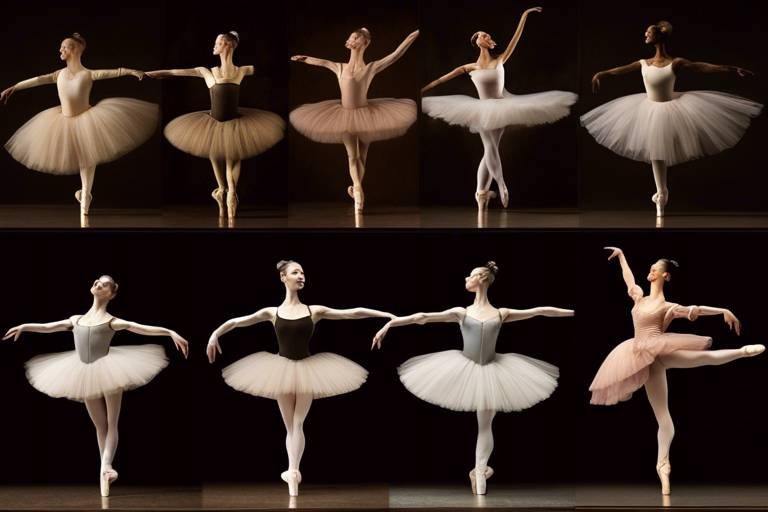The Legacy of the Industrial Revolution in Art
Art history is a tapestry woven with threads of innovation, revolution, and reflection. At the heart of this intricate design lies the profound influence of the Industrial Revolution on artistic movements, styles, and themes. Like a masterful painter blending colors on a canvas, the Industrial Revolution shaped the art world's evolution, capturing the essence of societal changes through creative expression.
The Industrial Revolution cast a long shadow on the art landscape, giving rise to diverse movements that mirrored the era's dynamism and upheaval. From the stark realism of everyday life to the dreamlike realms of surrealism, artists grappled with the impact of industrialization on human experience and perception.
Realism emerged as a powerful response to the industrial age, painting a raw and unfiltered portrait of society. Artists delved into the gritty details of urban life, capturing the harsh realities of factories, urbanization, and social disparities with unflinching accuracy. Realism became a mirror reflecting the stark truths of industrialization, challenging viewers to confront the world as it truly was.
Impressionism, on the other hand, danced with the play of light and color in the urban landscapes transformed by industry. Through fleeting brushstrokes and atmospheric effects, impressionist artists captured the pulse of modern life, infusing their works with a sense of movement and transience. The bustling cityscapes and industrial vistas became poetic reflections of a world in flux.
Symbolism took a more abstract approach, using allegorical imagery to delve into the spiritual and psychological realms shaped by technological progress. Artists sought to unravel the hidden meanings behind the machinery and progress of the industrial era, exploring the deeper implications of a society propelled by innovation and invention.
Futurism embraced the machine age with fervor, celebrating the speed and energy of modern technology. Artists painted a vision of a world in motion, capturing the essence of industrial dynamism through dynamic compositions and fragmented forms. The machine aesthetics of futurism heralded a new era where humans and technology danced in sync.
Art Nouveau bridged the gap between nature and industry, blending organic motifs with industrial materials to create innovative designs. Inspired by the beauty of the natural world and the progress of industrialization, artists crafted intricate pieces that blurred the lines between art and functionality. Art Nouveau became a testament to the harmony between human creativity and industrial ingenuity.
Cubism shattered traditional artistic conventions, reassembling forms to reflect the fractured reality of the industrialized world. Artists like Picasso and Braque broke down objects into geometric shapes, challenging viewers to see beyond the surface and explore the multidimensional nature of perception. Cubism was a visual symphony of fragmented perspectives, inviting audiences to reimagine the world through a new lens.
Dadaism emerged as a rebellious outcry against the chaos and disillusionment of the post-war world, rejecting traditional aesthetics and embracing absurdity. Dadaists sought to dismantle the status quo, using radical creativity to confront the dehumanizing effects of industrialization and the horrors of war. Through anti-art manifestos and unconventional expressions, Dadaism became a voice of protest in a world gone mad.
Surrealism delved into the depths of the unconscious mind, weaving dreams and reality into a surreal tapestry of enigmatic artworks. Artists like Salvador Dali and Max Ernst explored the hidden recesses of human psyche, challenging the rationality of industrialized society with their fantastical creations. Surrealism was a portal to a world beyond logic, inviting viewers to question the boundaries of reality and imagination.

Realism and Industrialization
Exploring how the Industrial Revolution influenced artistic movements, styles, and themes, shaping the art world's evolution and reflecting societal changes through creative expression.
Realism emerged as a response to industrialization, depicting everyday life with accuracy and detail, highlighting the impact of factories, urbanization, and social issues. Artists during this period sought to capture the raw essence of the industrial world, portraying scenes of labor, poverty, and the urban environment with a stark honesty that was both captivating and confronting.
The rise of realism paralleled the rapid industrial growth of the 19th century, offering a mirror to society's transformation. Paintings showcased the gritty reality of industrial towns, the toil of factory workers, and the harsh conditions of urban life. Through meticulous attention to detail, artists like Gustave Courbet and Honoré Daumier brought the industrial landscape to life on canvas, inviting viewers to witness the profound changes brought about by mechanization and urban expansion.
Realist art was not merely a reflection of the industrial age but a critique of its consequences. By portraying the struggles of the working class, the disparities of wealth, and the alienation of individuals in the modern world, realist painters challenged viewers to confront the human cost of progress. Their works served as a powerful reminder of the social injustices and inequalities that accompanied industrialization, urging society to acknowledge and address these pressing issues.
In essence, realism served as a visual testimony to the impact of industrialization on human life, offering a poignant narrative of a rapidly changing world. Through their art, realist painters captured the essence of an era defined by innovation, upheaval, and the relentless march of progress.
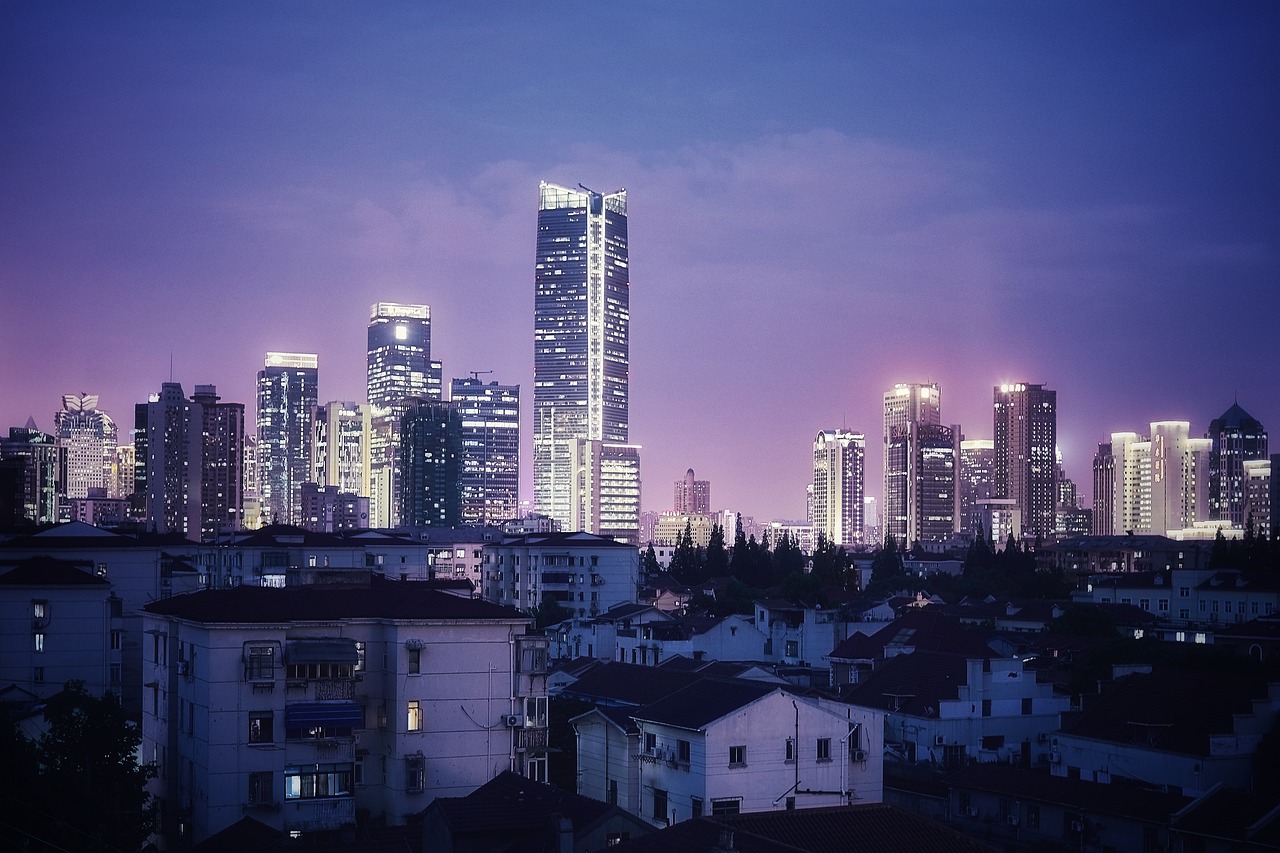
Impressionism and Urban Landscapes
Exploring how the Industrial Revolution influenced artistic movements, styles, and themes, shaping the art world's evolution and reflecting societal changes through creative expression.
Impressionist artists were like magicians of light, capturing the essence of rapidly changing urban landscapes with their brushes. They painted not just what they saw, but how they felt about the bustling cities evolving under the influence of industrialization. The smoke-belching factories, the crowded streets, and the play of light on modern buildings were all transformed into vivid, shimmering masterpieces on their canvases.
The Impressionists were rebels in their own right, breaking away from the rigid rules of traditional art to portray the dynamism and energy of urban life. They used bold brushstrokes and vibrant colors to convey the fleeting moments and transient nature of the industrialized world. Each painting was a snapshot of a city in motion, a visual symphony of progress and change.
One of the key aspects of Impressionism was its focus on capturing the effects of light on different surfaces. Artists like Claude Monet and Edgar Degas experimented with light and shadow, creating atmospheric scenes that transported viewers to the heart of bustling metropolises. The play of light on water, the glow of gas lamps in the evening, and the reflections in shop windows all became subjects of fascination and artistic exploration.
Through their innovative techniques and unconventional approach, Impressionist artists revolutionized the way urban landscapes were depicted in art. They brought a sense of immediacy and intimacy to their paintings, inviting viewers to experience the sights and sounds of the industrialized world in a new and profound way.
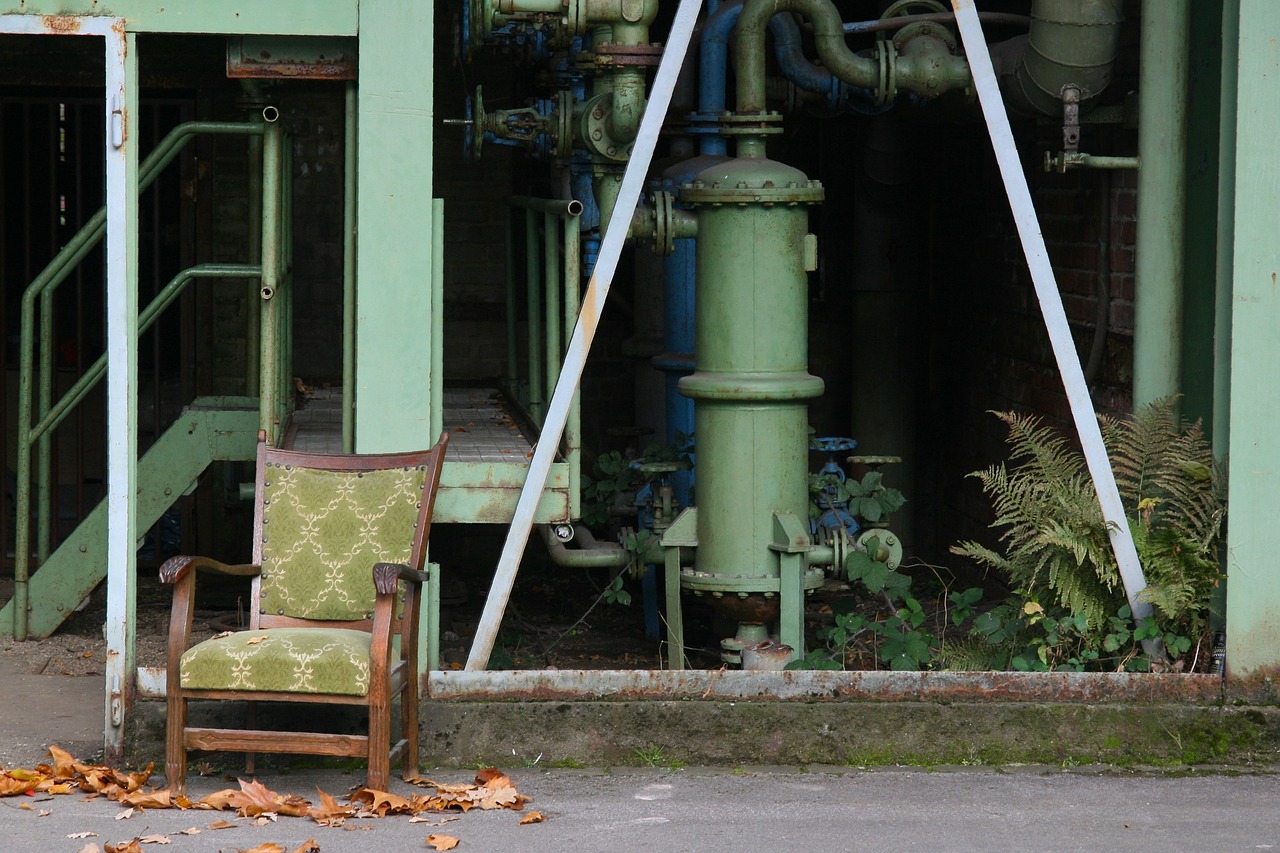
Symbolism and Technological Progress
Symbolism in art during the Industrial Revolution delved into the realm of technological progress, using symbolic imagery to convey deeper meanings and explore the impact of advancements on society and the individual. Artists of this era sought to unravel the complexities of a rapidly changing world through allegorical representations, infusing their works with layers of interpretation that went beyond surface appearances.
One prominent theme in Symbolist art was the juxtaposition of the natural world with the industrial landscape, symbolizing the clash between tradition and modernity. This contrast was often depicted through mystical and dreamlike scenes, where machines and nature intertwined in a surreal dance of harmony and discord.
Technological progress was not merely a subject for Symbolist artists; it was a catalyst for introspection and contemplation. The steam engine, the telegraph, and other inventions of the time were not just tools of industry but symbols of humanity's evolving relationship with technology and the profound changes it brought to daily life.
Through Symbolism, artists grappled with the spiritual and psychological implications of a mechanized world, exploring themes of alienation, isolation, and the loss of individuality in the face of mass production and urbanization. The inner turmoil and existential angst of the human experience were laid bare on canvas, inviting viewers to ponder the consequences of progress on the human soul.

Futurism and Machine Aesthetics
Exploring how the Industrial Revolution influenced artistic movements, styles, and themes, shaping the art world's evolution and reflecting societal changes through creative expression.
Futurist art was a bold declaration of the modern age, a symphony of speed and energy that celebrated the dynamism of technology and the industrial era's profound impact on human perception and culture. Imagine a canvas pulsating with the rhythm of machinery, each stroke capturing the essence of movement and progress. Futurist artists embraced the aesthetics of machines, finding beauty in the mechanical and the industrial.
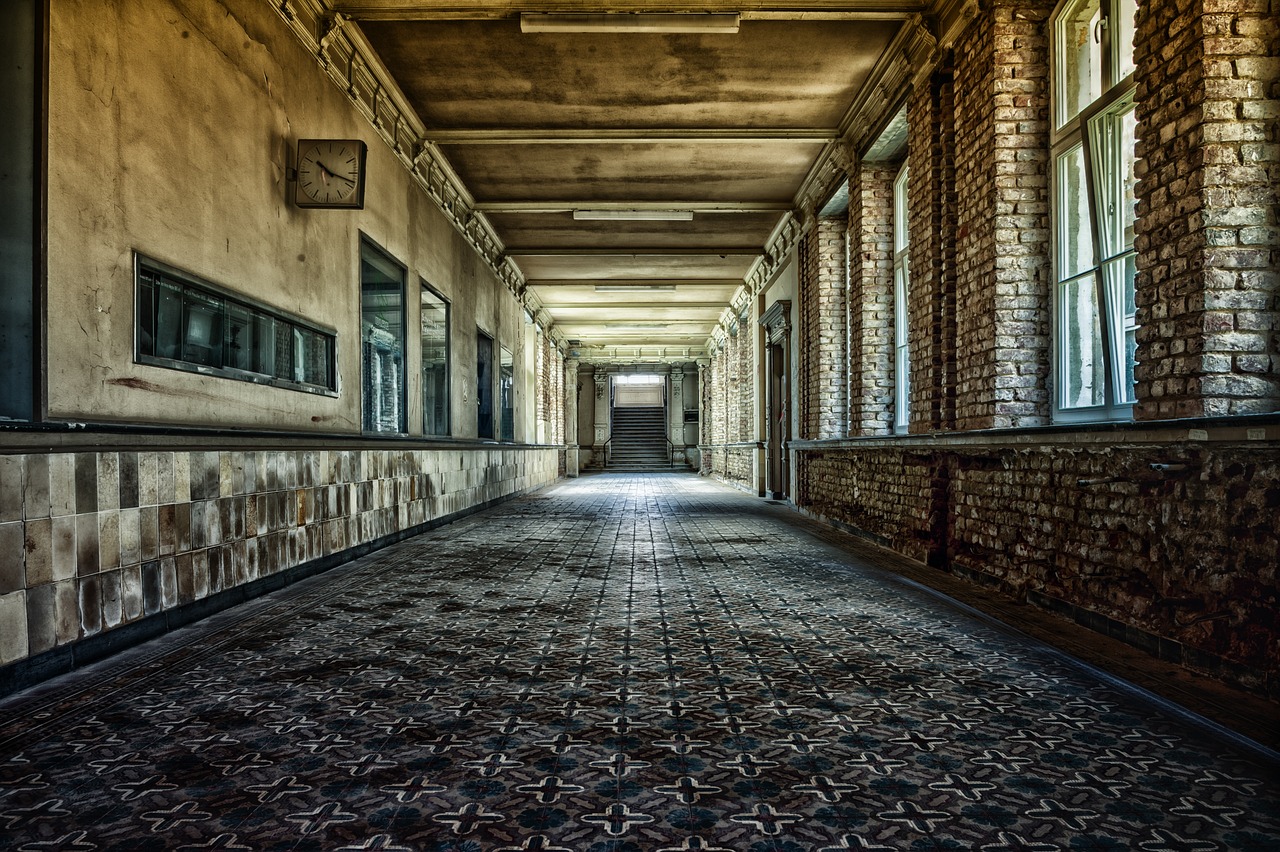
Art Nouveau and Industrial Design
Art Nouveau, a revolutionary artistic movement that emerged in the late 19th century, was deeply intertwined with industrial design, reshaping the visual landscape with its innovative approach. This style, characterized by intricate patterns, flowing lines, and organic forms, drew inspiration from nature and the advancements of the industrial age. Art Nouveau designers embraced industrial materials such as iron, glass, and ceramics, incorporating them into decorative arts to create a harmonious fusion of natural motifs and modern aesthetics.
The essence of Art Nouveau can be likened to a delicate dance between the organic world and industrial progress, where the intricate curves of a wrought iron gate mirror the graceful lines of a flower petal. This movement celebrated craftsmanship and individuality, rejecting mass production in favor of handcrafted, unique pieces that reflected the artist's vision and skill. The influence of Art Nouveau extended beyond traditional art forms, permeating architecture, furniture, jewelry, and even typography, leaving a lasting imprint on design history.
One of the defining characteristics of Art Nouveau was its emphasis on innovation and creativity, pushing the boundaries of traditional design norms. Artists and architects sought to break free from the constraints of past styles, embracing asymmetry, bold colors, and intricate ornamentation to create a sense of dynamic movement and visual richness. The fluidity of Art Nouveau designs mirrored the rapid changes brought about by industrialization, capturing the spirit of progress and evolution in a world in constant flux.
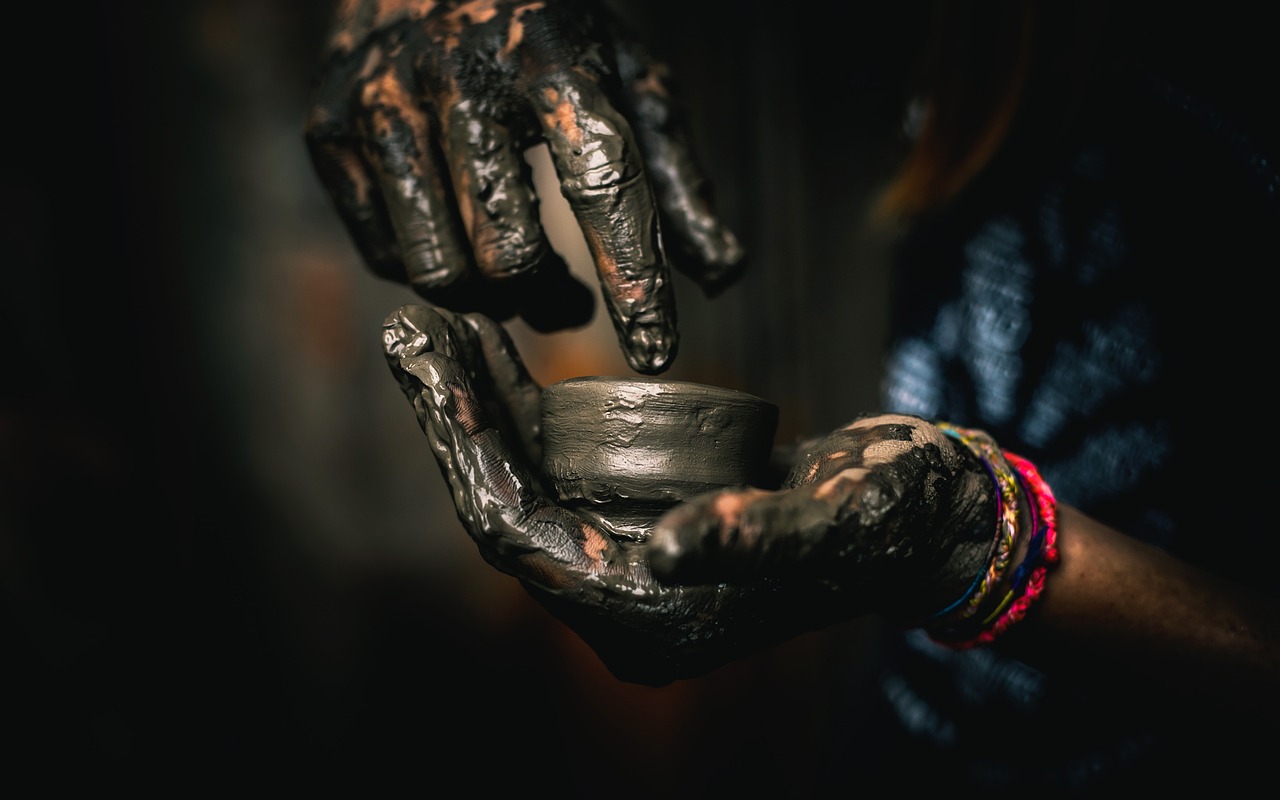
Cubism and Fragmented Perspectives
Cubism, a revolutionary artistic movement pioneered by Pablo Picasso and Georges Braque in the early 20th century, shattered traditional notions of representation and perspective. The artists dissected objects and forms into geometric shapes, presenting multiple viewpoints simultaneously on a two-dimensional plane. This fragmentation of reality mirrored the fragmented nature of the industrialized world, where technology and urbanization disrupted conventional structures.
The Cubist approach to art challenged viewers to reconsider how they perceived space, time, and form. By breaking down objects into facets and reassembling them in abstract compositions, Cubism captured the essence of modernity and the complexity of a rapidly changing society. The movement's influence extended beyond painting, inspiring innovations in sculpture, architecture, and design.
One of the key features of Cubism was its emphasis on the viewer's active engagement with the artwork. Instead of offering a single fixed perspective, Cubist compositions invited the audience to navigate through multiple angles and interpretations. This dynamic interaction between the artwork and the observer reflected the dynamism of the industrial age, where nothing remained static or singular.
Through Cubism, artists sought to convey the essence of an object or scene rather than its literal representation. By fragmenting and reconstructing reality, they aimed to capture the energy, movement, and interconnectedness of the modern world. Cubist artworks became visual puzzles, inviting viewers to decipher and explore the layers of meaning embedded in the intricate compositions.
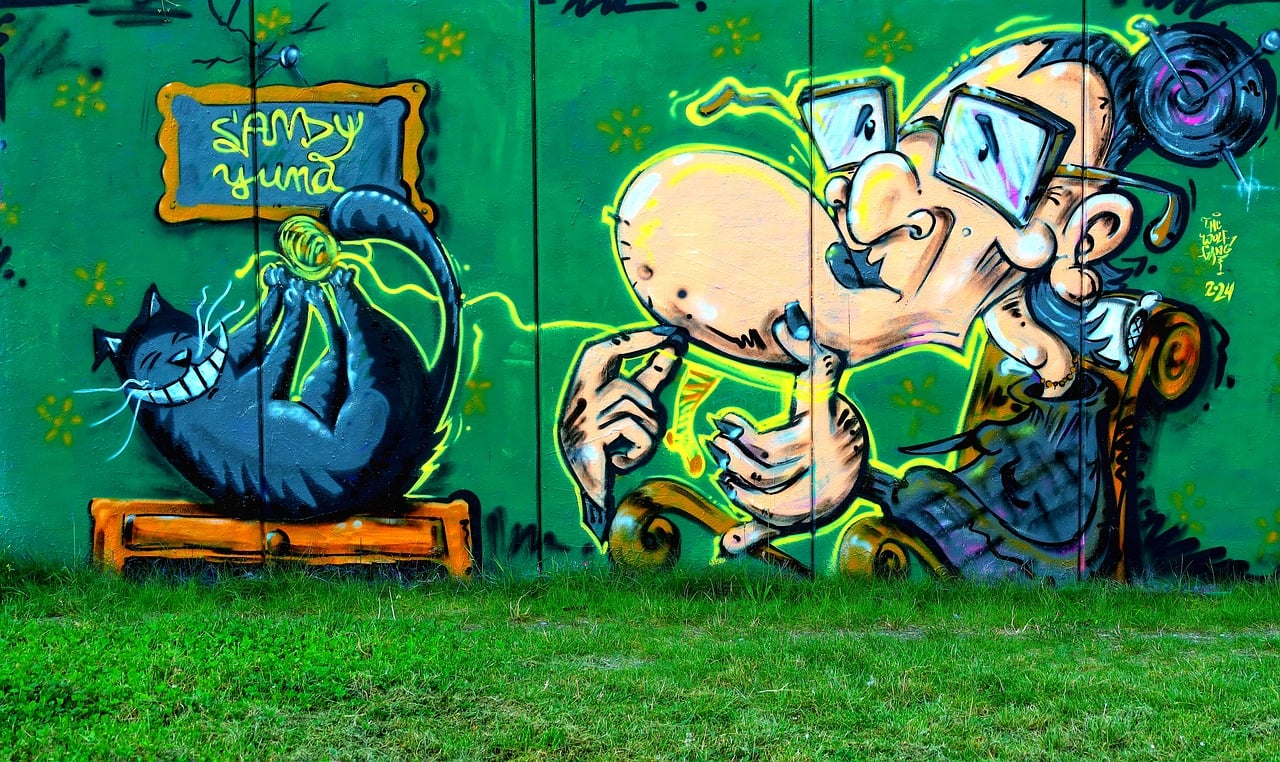
Dadaism and Anti-Art Manifesto
Exploring how the Industrial Revolution influenced artistic movements, styles, and themes, shaping the art world's evolution and reflecting societal changes through creative expression.
Dadaism emerged as a rebellious response to the chaos and disillusionment of World War I and the dehumanizing effects of industrialization. This avant-garde movement sought to dismantle traditional aesthetics and societal norms, embracing absurdity and radical creativity as a form of protest. Dadaists challenged the conventional idea of art, questioning its purpose and value in a world marked by destruction and absurdity.

Surrealism and the Unconscious Mind
Surrealism emerged as a revolutionary artistic movement in the early 20th century, delving deep into the realms of the unconscious mind to create artworks that challenged conventional reality. Led by iconic figures such as Salvador Dali and Andre Breton, surrealists sought to unlock the mysteries of the human psyche through dreamlike imagery and unexpected juxtapositions. By tapping into the subconscious, surrealism aimed to reveal hidden truths and explore the complexities of human experience beyond the constraints of logic and reason.
One of the key principles of surrealism was the belief in the power of the unconscious mind to reveal profound insights and truths that were inaccessible through conscious thought. Artists embraced techniques such as automatic drawing and free association to bypass rational control and access the raw, unfiltered depths of their imagination. This exploration of the unconscious led to the creation of enigmatic and often unsettling artworks that defied traditional notions of beauty and order.
In surrealism, reality was distorted and transformed to reflect the inner workings of the mind, blurring the boundaries between the conscious and unconscious realms. Surrealist artworks often featured bizarre and irrational scenes, symbolic elements, and dreamlike landscapes that challenged viewers to question their perceptions and assumptions about the world. By tapping into the subconscious, surrealism aimed to provoke emotional responses, spark introspection, and disrupt the status quo of artistic expression.
Through their exploration of the unconscious mind, surrealists sought to liberate creativity from the constraints of rational thought and societal norms. By embracing the irrational, the absurd, and the fantastical, surrealism opened up new possibilities for artistic innovation and self-discovery. Surrealist artworks continue to captivate audiences with their mysterious allure, inviting viewers to journey into the depths of the unconscious and explore the boundless realms of imagination.
Frequently Asked Questions
- What is the significance of the Industrial Revolution in art history?
The Industrial Revolution had a profound impact on artistic movements, styles, and themes, influencing the way artists depicted the world around them. It shaped the evolution of art by reflecting societal changes through creative expression.
- How did Realism respond to industrialization?
Realism emerged as a response to industrialization, focusing on depicting everyday life with accuracy and detail. Artists highlighted the impact of factories, urbanization, and social issues in their works.
- What characterized Impressionist art in relation to urban landscapes?
Impressionist artists captured the changing urban landscapes affected by industrialization. They portrayed cities through the play of light, color, and fleeting moments, reflecting the dynamic nature of modern life.
- How did Symbolism explore technological progress during the Industrial Revolution?
Symbolist painters used allegorical imagery to delve into the spiritual and psychological consequences of technological advancements. Their works reflected the complexities of a rapidly changing world.
- What was Futurism's approach to representing modern machinery?
Futurist art celebrated the speed and energy of modern machinery, embracing technology's dynamism. Artists depicted the influence of the industrial era on human perception and culture through their works.
- How did Cubism challenge traditional artistic conventions?
Cubist artists fragmented and reassembled forms to reflect the fragmented reality of the industrialized world. Their innovative approach reshaped perceptions of space, time, and the nature of representation in art.
- What defined Dadaism as an anti-art movement?
Dadaists rejected traditional aesthetics and societal norms in response to the chaos of World War I and the dehumanizing effects of industrialization. They employed absurdity and radical creativity to challenge conventional artistic practices.
- How did Surrealism challenge reality and rationality?
Surrealist artists delved into the subconscious and dreams, reacting against industrial rationality. Their enigmatic and dreamlike artworks challenged reality and the status quo, exploring the depths of the unconscious mind.














